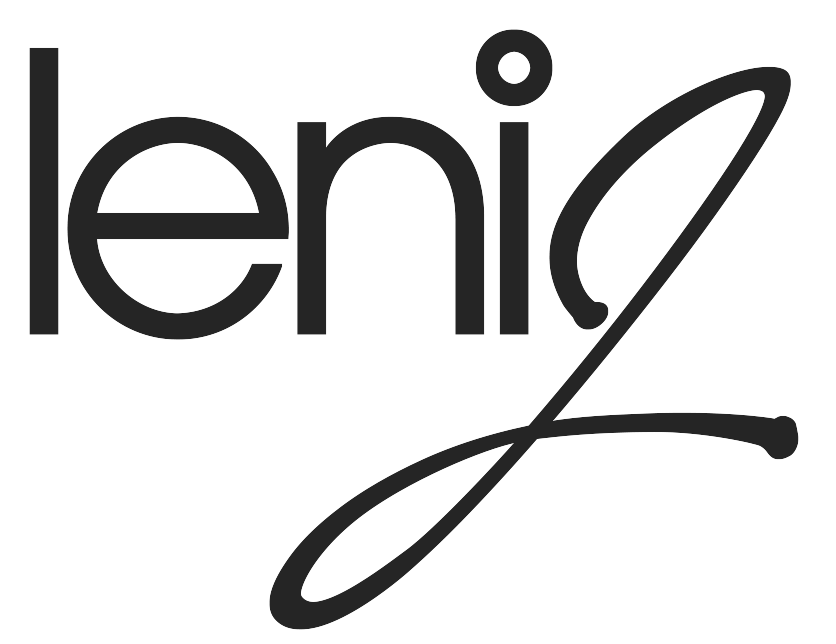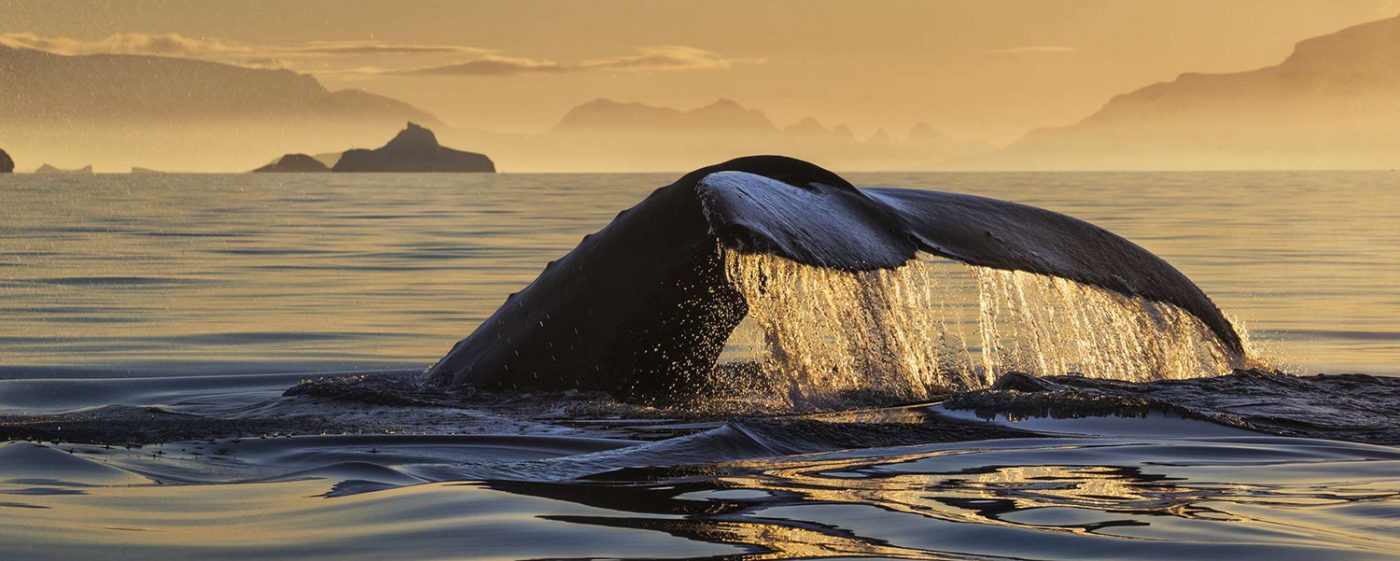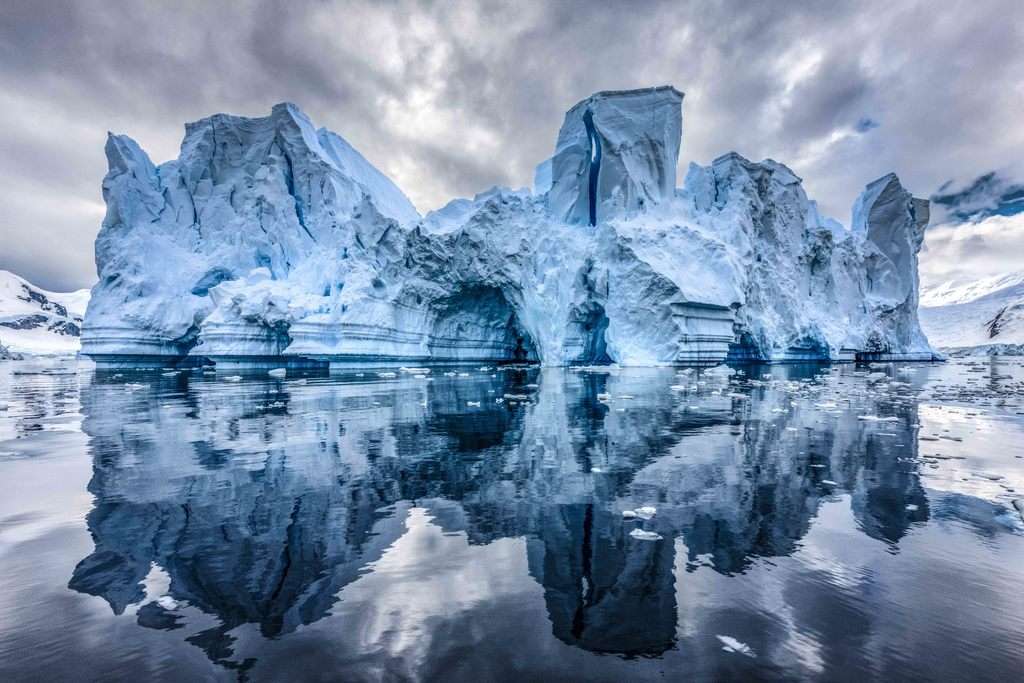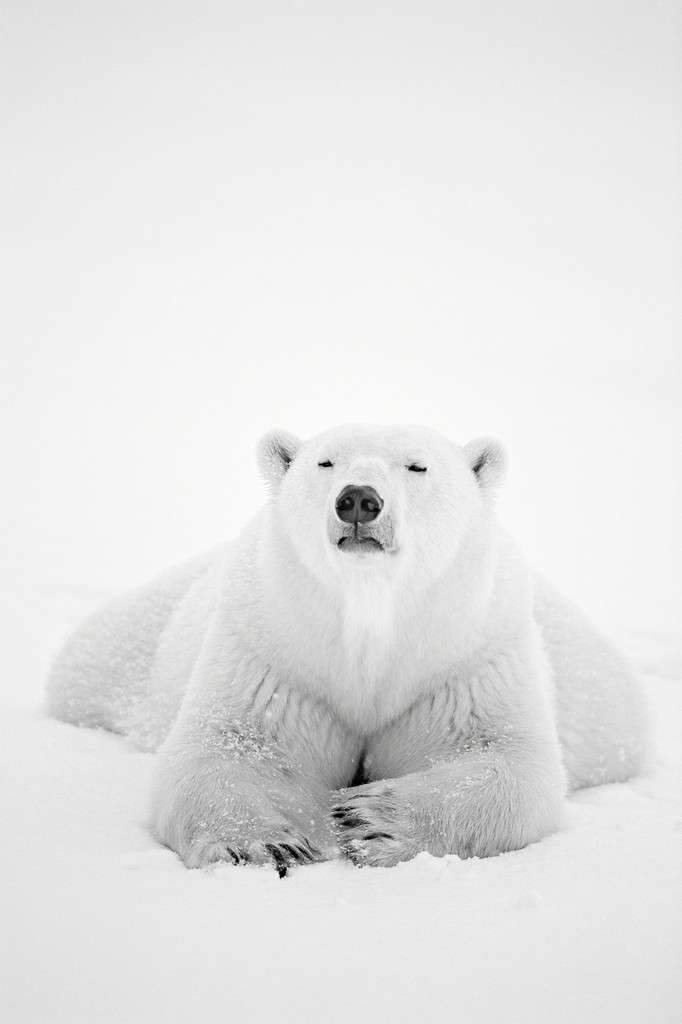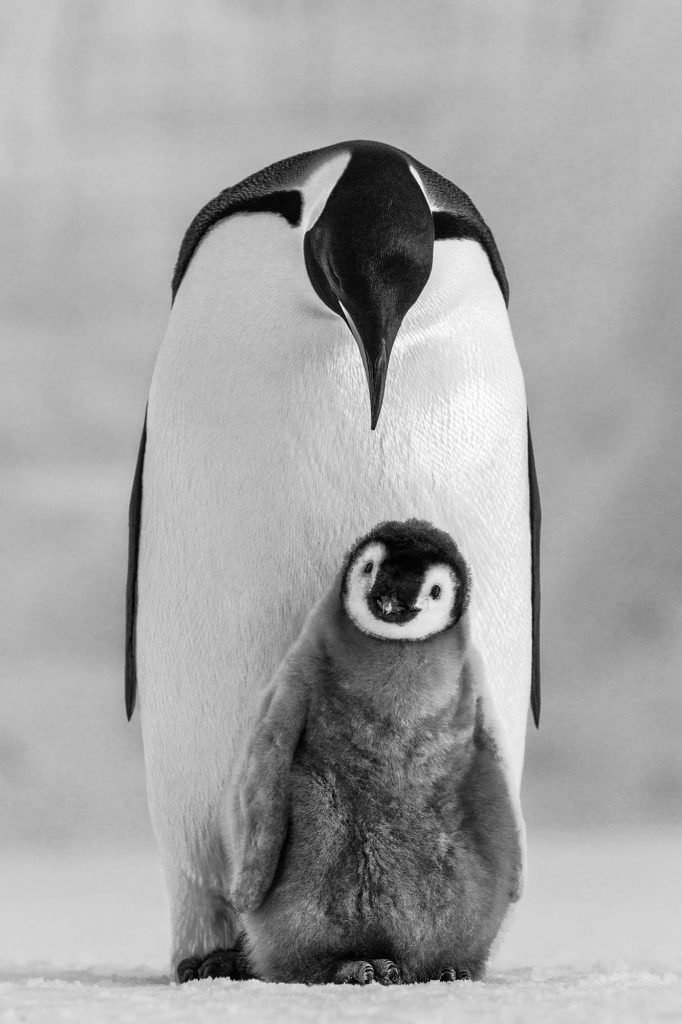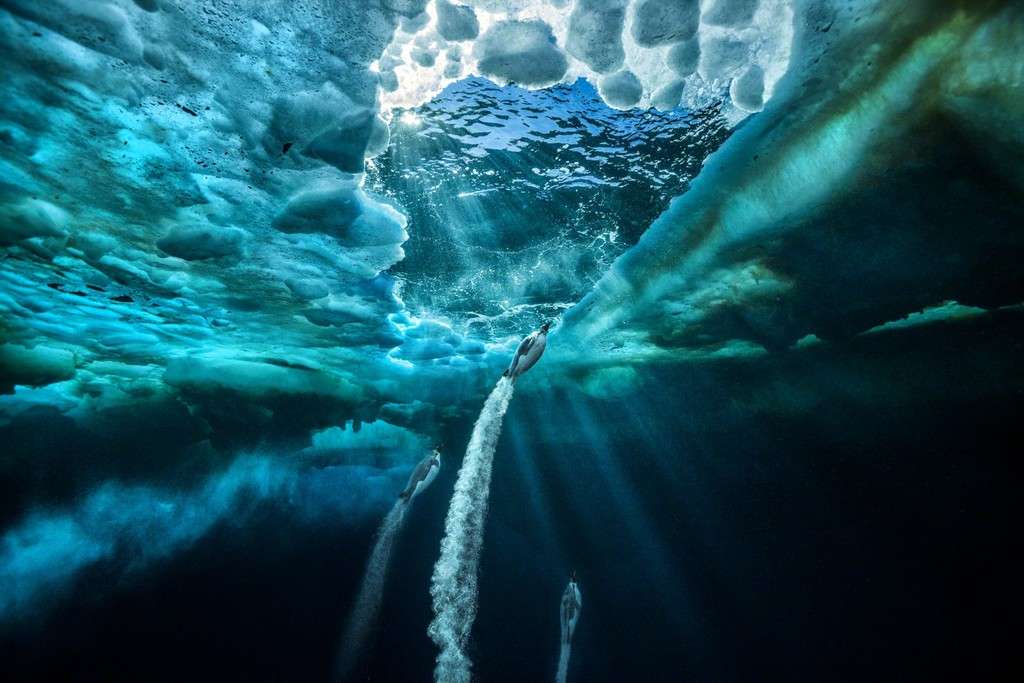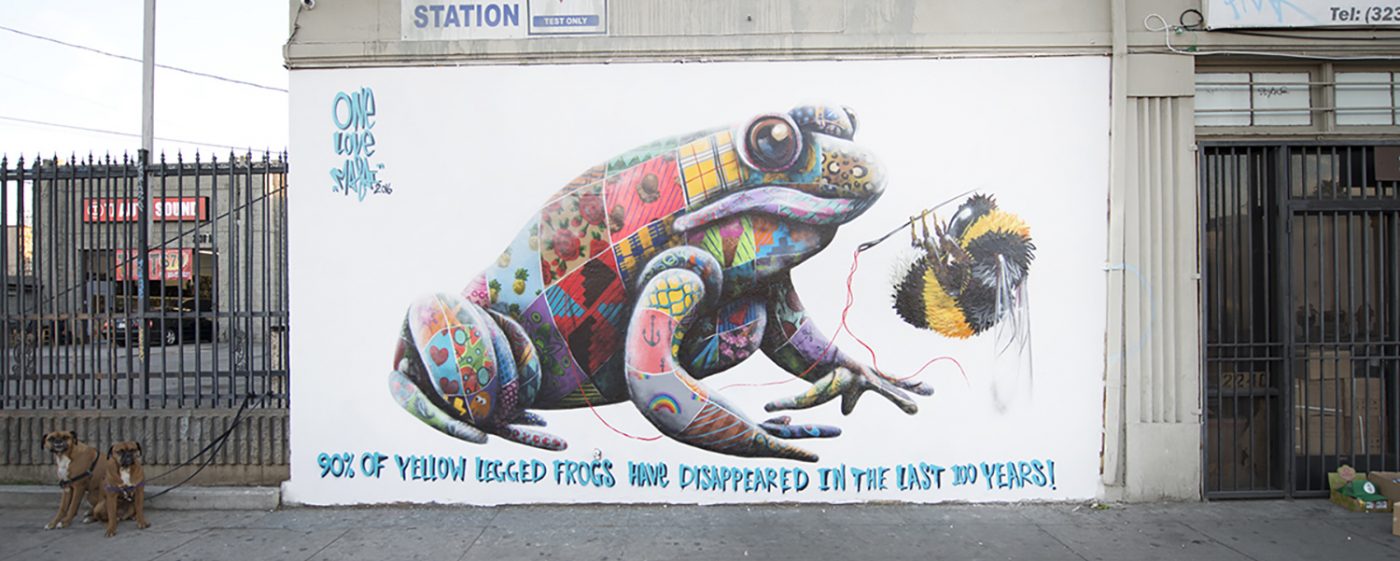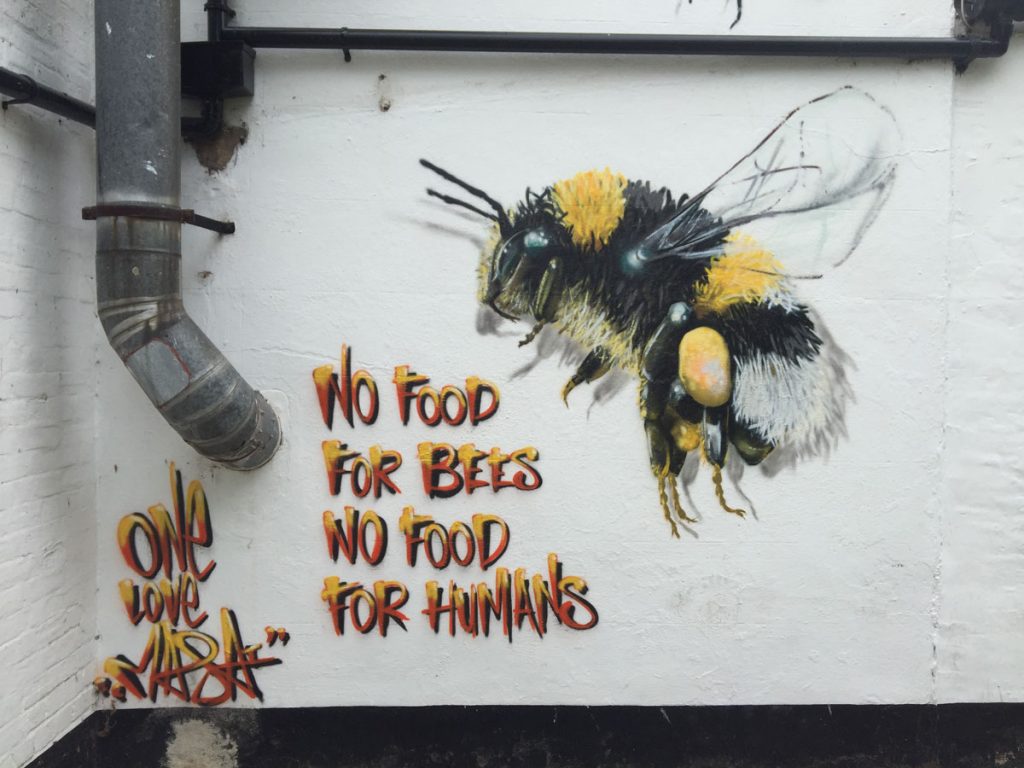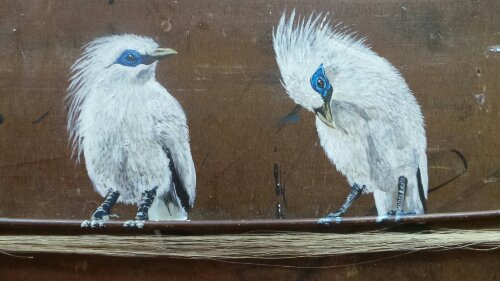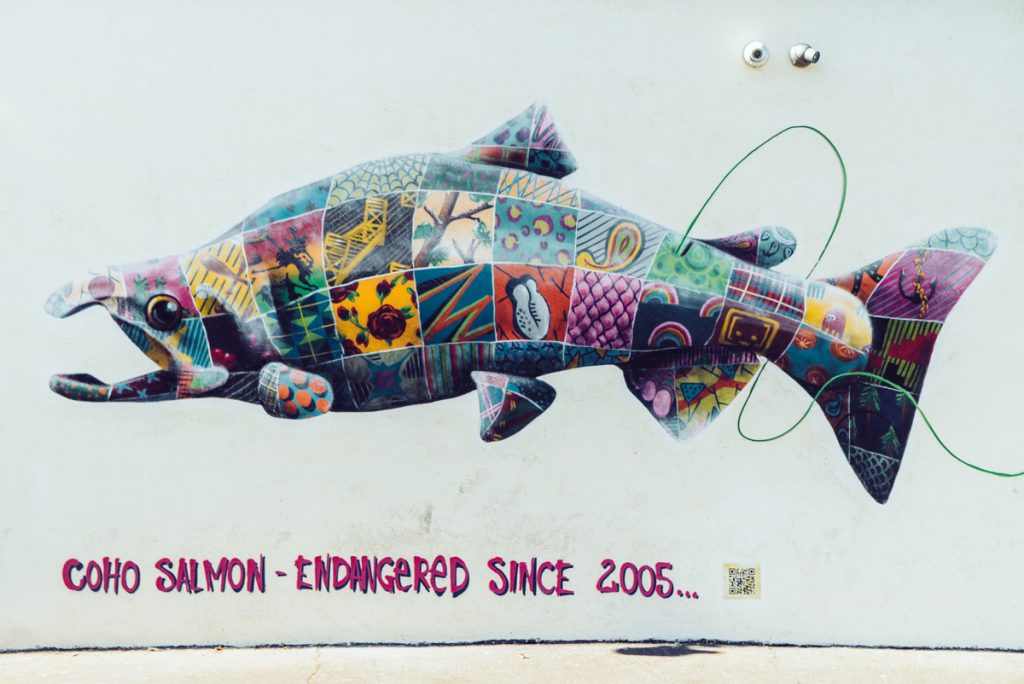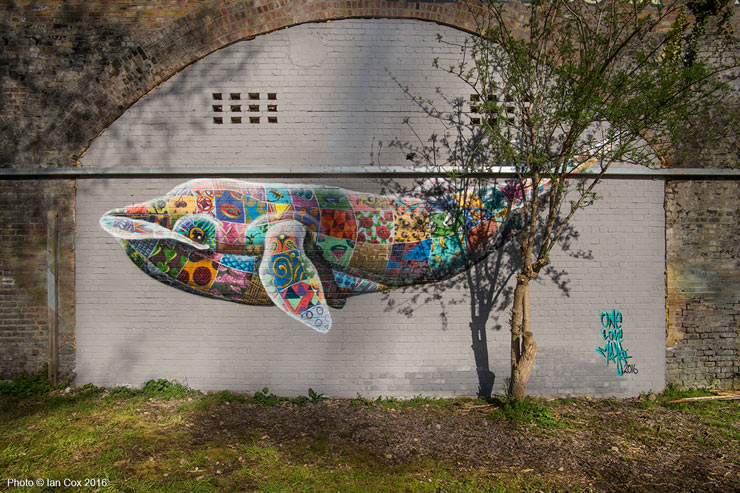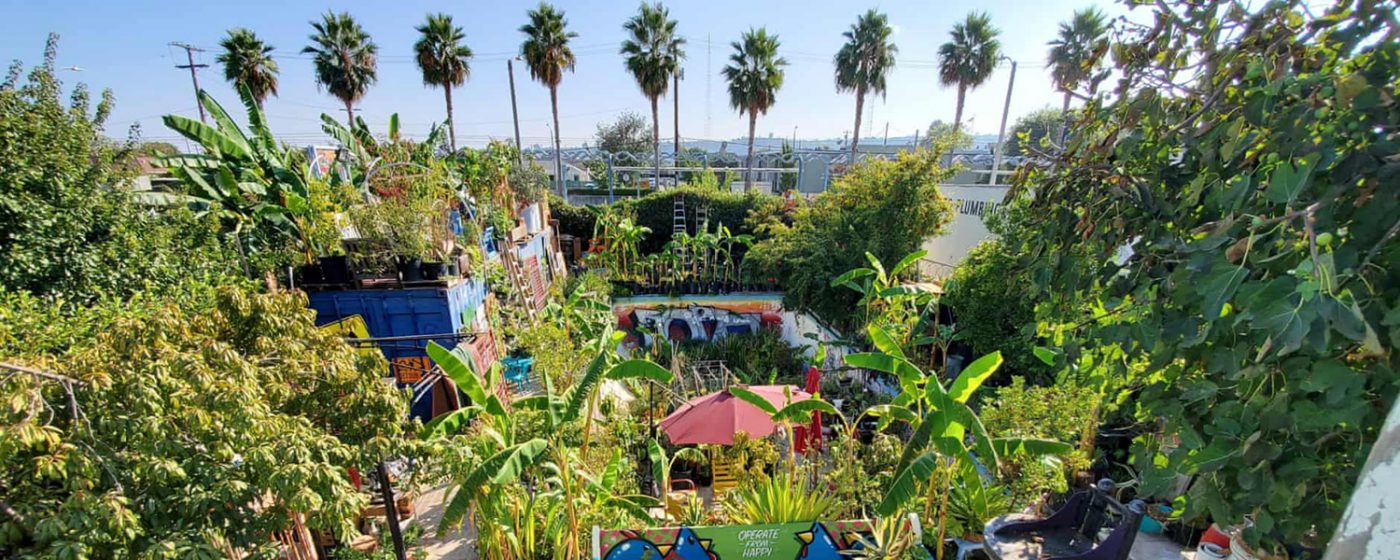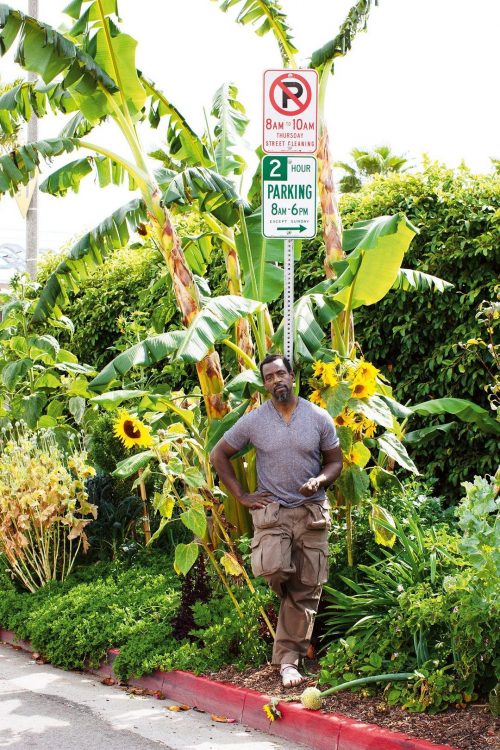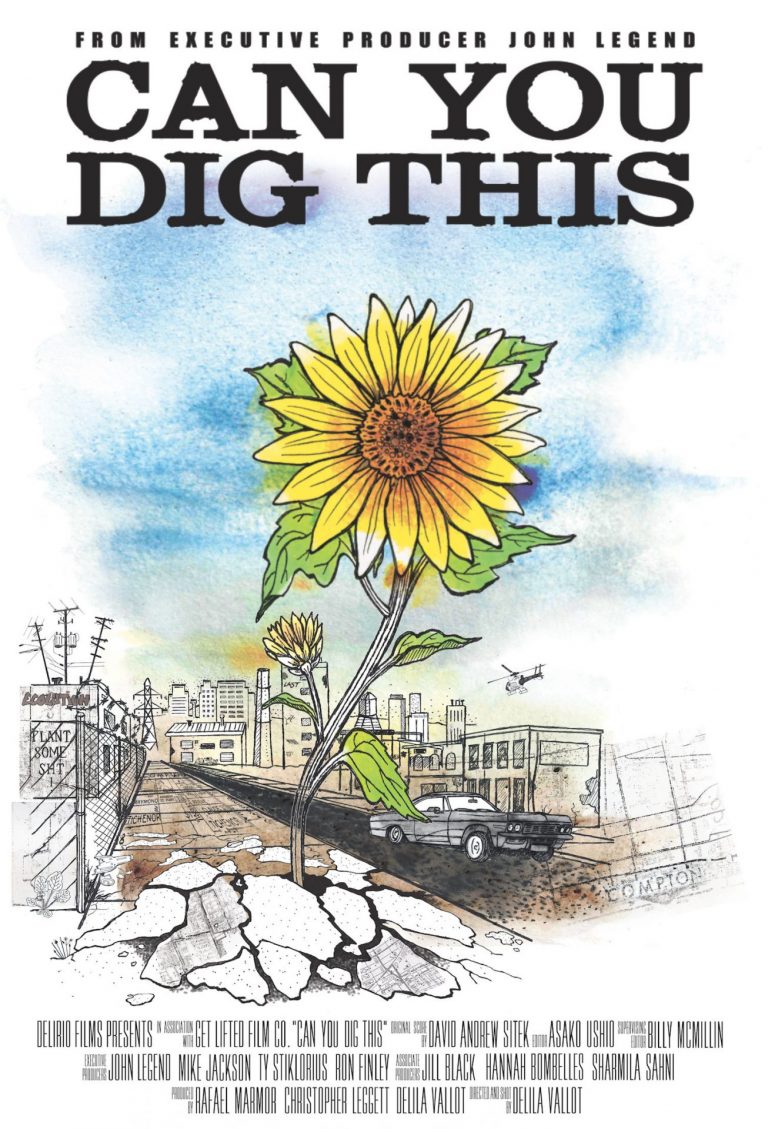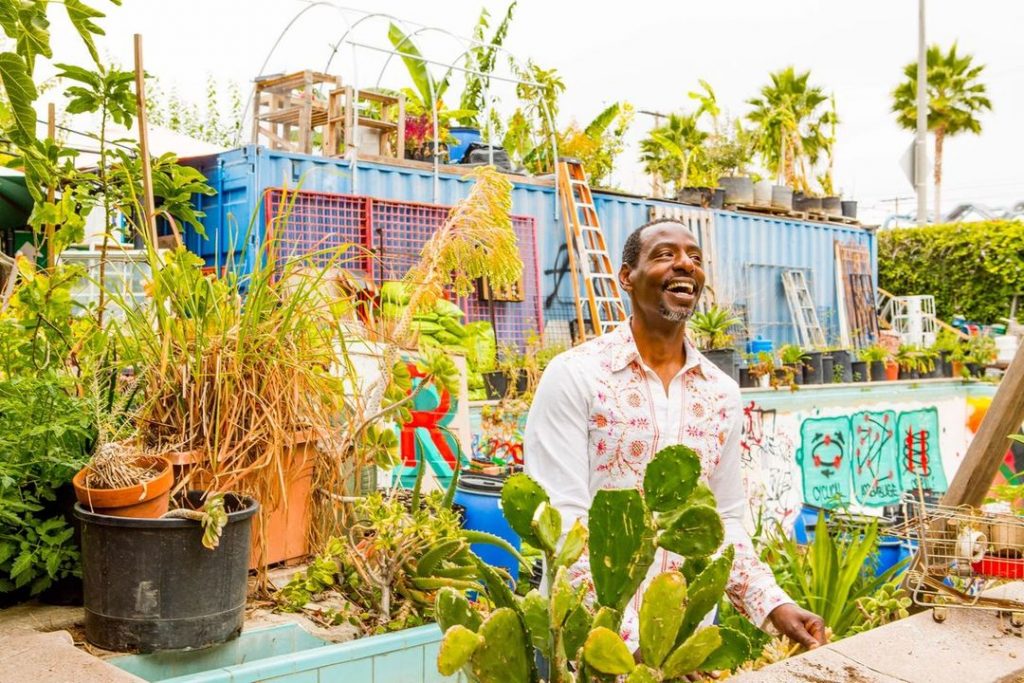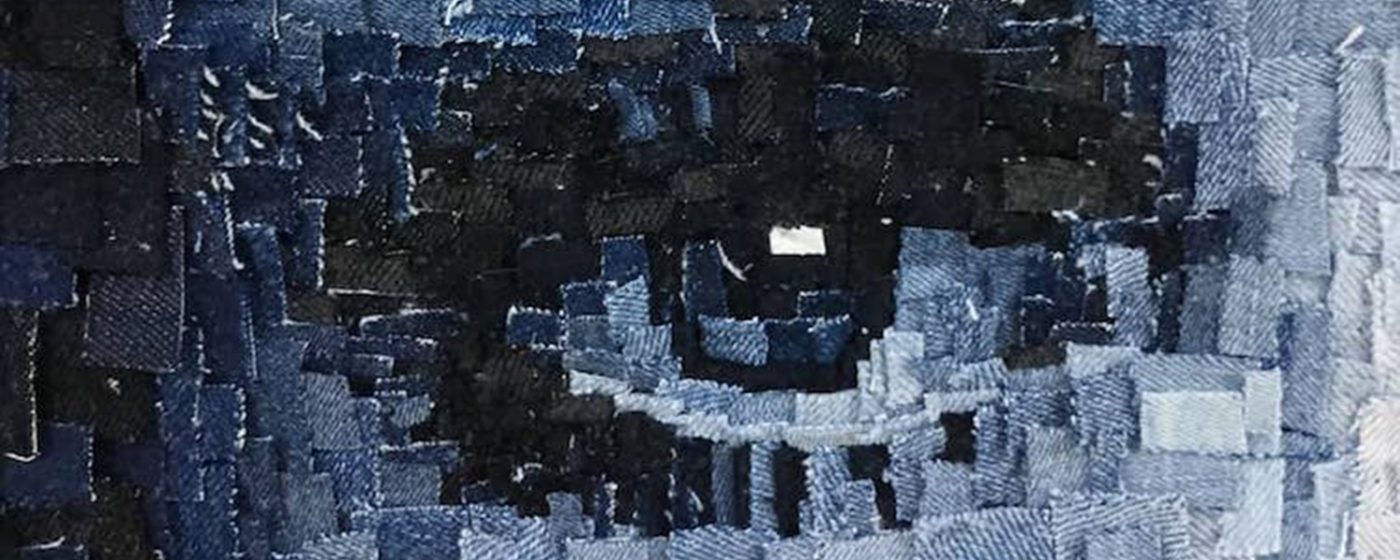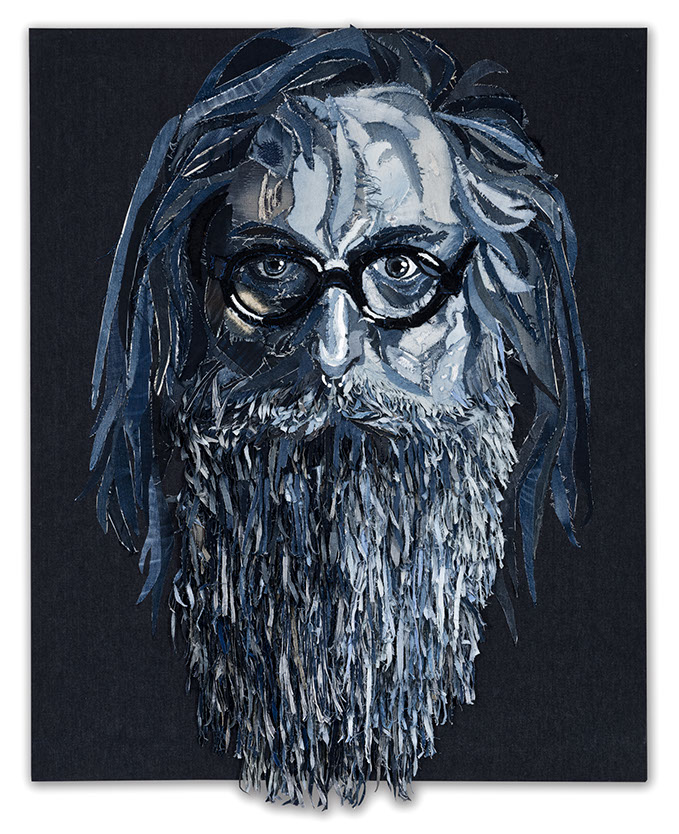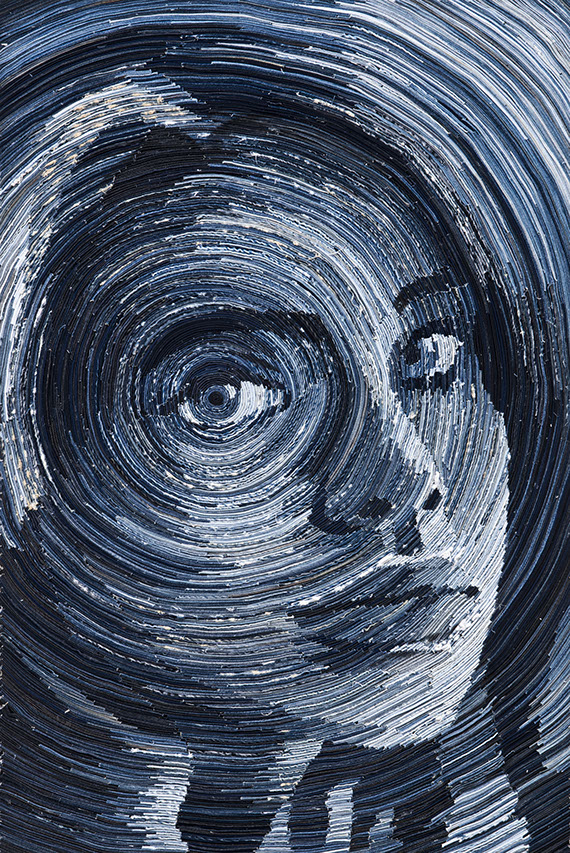Originally posted on Arts Help, Summer 2021
Award-winning conservation photographer Paul Nicklen refers to our understanding of the ocean as a thin blue line. In other words, there is a line between our experience of the ocean; coastal vacations and the fish we eat, and what happens under the water; the complex ecosystem that supports our very existence. Closing that gap of understanding is now his purpose in life.
According to the United Nations Sustainable Development Goal (SDG) on Life Below Water,the oceans are essential global systems that manage our weather, regulate our rain and drinking water, provide a portion of the food we eat and almost all the air we breathe.
Humans cannot exist on the earth without the oceans. The UN estimates that 3 billion people depend on the oceans for their livelihood, including fishing and coastal tourism. And yet, those bodies of water are under constant threat. Uncontrolled overfishing has depleted most traditional fish stocks. More than 250,000 tons of plastic have entered the marine food chain because of human neglect and dumping. Every day, untreated sewage and industrial chemicals are poured into rivers that feed into the oceans. The oceans absorb about 30% of carbon dioxide but the extreme amounts of emissions we have produced have led to ocean warming, acidification and oxygen loss all of which threaten the health of the fish and their habitats as well as our weather systems.
The numbers are terrifying and have been well documented by scientists for decades and yet we still have not changed our behaviour.
Perhaps it is because what happens in the depths of the ocean is so far away from us that we don’t consider it important. What do you do to get people to notice the destruction of this “essential global resource”? According to Paul Nicklen, you start with stunning visuals and engaging movies.
“I call myself an interpreter and a translator,” says Nicklen in an interview with Photo Society. “I translate what the scientists are telling me. If we lose ice, we stand to lose an entire eco-system. I hope we can realize through my photography how inter-connected these species are to ice. It just takes one image to get someone’s attention.”
Paul Nicklen has been documenting life and land in the Arctic and Antarctic since 1995. He has won numerous awards including BBC Wildlife Photographer and the World Press Photo for Photojournalism. Most recently, Nicklen was given an honorary PhD at the University of Victoria, BC for his work to combat climate change. He has contributed to over 20 National Geographic articles and written 3 books. Most recently, with a focused direction to reach more people and effect more change, Nicklen founded the Sea Legacy Foundation.
From the Sea Legacy Impact statement, Paul Nicklen is quoted as saying,
“The objective of our work is to create movements and revolutions. It is to put pressure on governments, politicians, corporations, and to empower individuals to be the change they want to see.
“We know that science is important, but it has failed to “save the planet” despite the vast resources that have been invested in scientific research over the past 50 years. We connect art with that science and then move into conservation.”
Sea Legacy works through a three-step process. First, they lead expeditions of world-class photographers, videographers and storytellers to capture the beauty and challenges facing the oceans. Second, they use those visuals to spread the word through media channels to people all over the world. Lastly, they work with local communities, scientists and organizations to formulate solutions that connect culture, and social structure with programs dealing with, among other things, sustainable fishing, coral reed revitalization and empowering coastal women.
In June 2021, Sea Legacy posted their latest work, Antarctica: Life Emerging, a 13-minute video produced remotely during the pandemic with visuals by Paul Nicklen and music by Yo-Yo Ma.
The production can be seen on the media website Only One. In 2019, discovering they had complementary missions, Sea Legacy and Blue Sphere Foundation Only One, a digital platform to showcase stories that tackle the climate crisis. People from all backgrounds and organizations are encouraged to share their projects with the hope that others will be inspired to effect change.
As individuals, we can all do something to protect the oceans. We can buy only ocean-friendly fish, we can reduce our plastic consumption and we can organize beach clean-ups. But according to the UN, spreading the message about how important the health of the oceans is to our survival is one of the most important things we can do. Paul Nicklen is doing just that. As he says about the of Sea Legacy mission,
“It’s our job to bring the oceans to you.”
To read more about how you can help Sea Legacy click here.
To see the latest projects on Only One, click here.
To learn more about Paul Nicklen and see more of his collection of Fine Art Photography stills, click here.
Originally posted on Arts Help, Summer 2021
According to the Center for Biological Diversity, it is estimated that the bumblebee has declined in numbers by 89% over the past 20 years due to habitat loss, disease and pesticides. As one of nature’s primary pollinators, bees are essential for the production of the food we eat. But they are not the only ones threatened. The number of officially endangered species grows every day. The International Union for the Conservation of Nature estimates that the total is over 40,000.
However, the total number of species that are threatened by human activities is closer to 1 million according to the UN SDG Life on Land. And this includes species on land and water. In the UN SDG Life Below Water, they state,
“…there is a continuous deterioration of coastal waters owing to pollution, and ocean acidification is having an adversarial effect on the functioning of ecosystems and biodiversity.”
British artist Louis Masai is determined to bring awareness to the plight of these endangered species. After obtaining an art degree from Falmouth University in Cornwall England in 2010, Louis moved to London. Though he thrives in this very urban environment, Louis has always loved wild animals and he immediately made them the focus of his work.
But from the very beginning, he would combine an unexpected element with his natural subjects. For example, in 2013, he created ‘Last of My Kind’, an outdoor exhibit that connects endangered birds and “extinct” musicians, challenging us to question why we pay more attention to people we have never met than to disappearing species.
Each animal was painted to look like a stuffed toy to convey the message that if we don’t change our ways, toys are all that will be left. The joyful patterns on each painting seem to contradict the overall message but he wanted to express the idea of a hand-made patch quilt. Just as quilts were handed down through generations, so will our environmental problems. In each painting, there is a bee stitching the toy together. This was done to symbolize that the bee is the warrior in this process, an essential player keeping the ecosystem together.
Louis wants people to be more bee-like because every bee in the colony has a responsibility for the whole. They know they have to work together to survive. Louis followed up on the success of the tour by producing another community event called Endangered 13 whereby 13 artists we asked to paint endangered species on the arches of a building in Tower Hamlets Cemetery Park in East London.
The open community event took place over the course of a day and included food, drink and live music. In addition to the event, the promotional website gives background information about the species each artist depicted and information regarding what viewers can do to help.
Connecting the message to the viewer is an essential part of Louis’ work. By including information about the species on the mural Louis creates, he is educating the viewer about their plight, not just showing a pretty picture. Making the message understandable and accessible is essential for things to change.
Louis has already witnessed the response through social media. “[P]eople take pictures of my work and tag #savetherhino or #savethebee and it gets people thinking”, says Louis. This is how street art can reach a much wider audience of influencers and bloggers.
Art has the power to educate and make us feel but it can sometimes be very passive. Pictures that hang in a gallery are to be looked at and considered intellectually. But the message of Louis’ is one of action and community collaboration. With this project and others, he has painted over 180 endangered species on urban walls all around the world, spreading the message far and wide.
As the organization Human Nature says in their manifesto;
“Creativity is not a neutral, value-free process and the choices we make in the work we produce have an impact. We choose to take responsibility to design and promote a sustainable future.”
Recently, Louis has expanded his creative outlets and, with his friend DJ and music producer Hylu, has created a podcast called “All Fruits Ripe”. Guests include artists, musicians, scientists, and environmentalists and topics centre around their love for nature and concern for the environment.
As Louis says in the promotional video for The Art of Beeing;
“We can learn from the rest of the animal kingdom but we have to listen to it first. If there was ever a time that it is shouting at us the loudest, that time is now.”
To see more of Louis’s work and hear his podcast, visit his website at https://louismasai.com
Originally produced for Arts Help, Summer 2021
Artist and gardener Ron Finley uses soil for his canvas and plants and trees for his paint.
“Gardening is my graffiti. I grow my own art. I beautify lawns and parkways.”
Ten years ago there was a warrant out for the arrest of Ron Finley for the crime of planting food. Finley lives in South Central Los Angeles best known for crippling poverty and gang violence. After the recession of 2008, Finley’s work as a fashion designer dried up and times were tough. There was a patch of unused grass on his parkway, (a small patch of land between the sidewalk and the street), that he was technically responsible for, so he decided to plant a food forest.
But then a neighbour complained and the city descended. So long as it remained dried up grass and covered in garbage, the city didn’t care. However, when he turned it into a garden of banana trees, kale and sunflowers, it was now against the law. Finley refused to back down and with some media attention and a lot of determination he was able to get the law changed. And the Garden Gangsta, as he is now called, was born.
Finley is a charming and incredibly focused activist who isn’t afraid to tell it like it is with colourful language. As a gardener, he is largely self-taught. Though he has managed to make a good living in an otherwise depressed area, he knows how much many of his neighbours struggle to get by, let alone eat healthy food.
As he describes in both his TED talk and on his website, South Central is made up of fast-food restaurants, liquor stores and vacant lots. The obesity rates are 5 times higher than in northern Los Angeles which is only 7 or so miles away. Drop-in dialysis clinics are everywhere. Technically, it is known as a food desert, an area where you have to drive a long distance to purchase healthy food. Over 23 million people in the United States live in these areas.
When Finlay realized that the food available to him, even after he drove 45 mins, was covered in chemicals, he knew he had to grow his own food. That set him on a journey of exploration, learning and community engagement.
On his parkway garden, he would witness people stopping by to ask what he was doing. They had become so detached from what they eat that they didn’t know what food looked like while it was growing. He knew then that a garden could be a tool for education, a tool to transform his neighbourhood. As he describes in his TED talk, children will blindly eat what you put in front of them. Teach them to grow kale and they will eat kale. They are the future; they have the ability to create a more sustainable world. In a article for Vogue by Christian Allaire, Finley states,
“When you learn how to cultivate your own food, that’s freedom,” Finley says. “The way I see it, we are gardens. We are nature. I’m trying to change what people value: what we value in each other, and in humanity.”
In 2010, he and a few other gardeners formed Green Grounds, a volunteer group that encourages community groups to create gardens in their area. Though it’s working, there is a lot of work yet to do.
In South Central, the city owns 26 square miles of vacant lots. That works out to be 20 Central Parks of land that could be put to use for the community. The area has been the victim of active racist development policies (called Red Lining) for decades.
In the June 2021 copy of National Geographic, Alejandra Borunda illustrates in detail how development policies were determined by economic status and race. Northern areas like Hollywood were given parks and tree-lined streets. Southern areas, made up of largely black, Hispanic and Jewish populations, were neglected and no money was allocated to maintain green spaces. In many cases, trees were removed so that the police helicopters could track alleged criminals.
This resulted in a sun-baked neighbourhood of mostly concrete and asphalt that trends 7-10 degrees hotter than Hollywood. And as the climate continues to warm, this will only get worse. The development policy is starting to change, however, trees planted for shade take time to grow. Community food gardens could solve multiple issues from giving people a life off the streets, improving their health, and reducing the temperature of the neighbourhood.
As Finley says, “Gardening is the most therapeutic and defiant act you can do, especially in the inner cities, plus you get strawberries.”
Finley’s message aligns well with the United Nations Sustainability Development Goal (SDG) 10 concerning reducing inequalities and SDG 15 concerning life on land. Social inequality threatens economic development but it also can destroy people’s sense of self-worth. Lack of self-worth can lead to serious health issues and crime.
This is illustrated in the movie about Ron Finley and his neighbourhood, Can You Dig This, directed by Delila Vallot. The movie follows four people who have been encouraged to try their hand at gardening and how it changed their life. In each case, gardening proves to be transformative, giving the individuals purpose and opportunity.
The Green Grounds volunteers continue to educate and transform South Central LA with the community garden programs. Finley eventually created The Ron Finley Project to spread his message of empowerment by growing your own food. He has been incredibly influential both at home and around the world. His TED talk has been viewed more than 4 million times. In 2020, his Masterclass in Gardening came out, amazingly timely during COVID-19 when everyone was trying their hand at growing their own food.
And finally, the fashion designer/gardener has come full circle by creating a line of casual unisex clothes that are of course, perfect for working in the garden. Collaborating with Everybody World, the clothes are sustainably made in Los Angeles from recycled cotton. Proceeds from the sales will be used as fundraising for The Ron Finley Project.
On the Everybody World website, he said,
“There is no trash, there’s only art waiting to happen and that’s what I love about what we have done.”
Many gardeners choose to develop picture-perfect landscapes. But that is not Finley’s style. In his backyard, there is a pool he couldn’t afford to fill and maintain. So he filled it with potted plants instead. Gardening doesn’t have to be expensive, you can grow food in any kind of container and it will still be beautiful.
As he says in an article for The Guardian, “Mother Nature is the greatest artist out there.”
You can read more about and donate to The Ron Finley Project here.
You can rent the movie, Can You Dig This, on AppleTV.
To learn more about and donate to Green Grounds click here.
Originally produced for Arts Help, Summer 2021
Deniz Sağdıç’s path to becoming an artist started in the traditional manner with a degree from Mersin University’s Faculty of Fine Arts in Turkey. Graduating at the top of her class in 2003, she moved to Istanbul to further her career. She quickly drew critical acclaim around the world for her fluid oil paintings and portraits. But soon, she began to dislike the elitism that is associated with traditional styles of art. She found that art galleries and the people who go to them fall into a very narrow segment of society and she wanted to change that. On the Turkish website Dunyabizim she states,
“I realized that it was necessary to find different solutions in order to bring art to a much wider audience.”
Sağdıç was looking for a connection with her audience and as she started to experiment with new mediums she found that people responded the best to items that were familiar like books, cassette tapes, TVs and old windows.
In her project Ready Remade, she combined painting, fabric and found objects to create unique sculptural pieces. But the journey had just begun.
Sağdıç comes from a family of artists and craftspeople. Her father designed stained glass windows and her aunts were tailors. She spent most of her free time growing up in these workshops so it was a natural progression, as she experimented with different mediums, to be drawn to textiles and graphical shapes. It wasn’t long before she discovered the versatility of denim. The fabric of jeans is one of the most widely worn textiles in the world, crossing cultures and classes, and this appealed to her message of accessibility. But as she delved deeper into the history of denim and the current state of the fashion industry, an environmental issue that is global in scale was revealed.
The fashion industry is the second worst polluter of clean water just after agriculture according to the United Nations Sustainable Development Goal (SDG) Responsible Consumption and Production. It is just one example in many of how our constant need to buy things is polluting the land and draining the planet’s resources.
Making clothes is hard on the earth from the beginning of its production cycle to the very end. It starts with the production of the fabric.
- It takes 1800 gallons (6800 litres) of water to grow enough cotton for one pair of jeans.
- The cotton that makes up denim also requires enormous amounts of pesticides to produce.
- The making of clothes pollutes our water systems with agricultural runoff and synthetic dyes that are drained into riverways.
- Most denim clothing is produced cheaply in Asia by underpaid labour in unsafe conditions.
- The fashion industry is responsible for 10% of global carbon emissions. That’s more than international flights and maritime shipping combined.
- And as most cotton fabrics are combined with synthetic fibres or elastic, when we wash our clothes, tiny microplastics drain into the wastewater systems and eventually end up in oceans and the ecosystem.
Just like many products in the world today, our clothes are not meant to last. The mass production of cheaply made clothes is known as fast fashion. In our desire to have the latest styles and the fact that the clothes barely last a few cleaning cycles, we throw out 13 million tons of textiles a year.
If we do manage to donate them to a thrift shop charity, only a small portion is sold. Some fabrics can be ground down and recycled into insulation and car seat padding but most are sold overseas to Africa. From there, some are sold cheaply but most end up in their landfills.
There are organizations like Fashion Revolution and brands like Patagonia that are working to turn the tide, but the process is slow. Getting the message out and altering consumer behaviour is critical for change to happen. That’s why Sağdıç’s work is so important.
Turning discarded scraps into new art
When Sağdıç started her denim project she would scour thrift shops in her area. But eventually, as she discovered she needed more material, rather than purchasing virgin denim, she reached out to local clothing production companies. From them, she requests only the remnants (the scraps left from cutting out patterns) and the defective or test pieces. While her understanding of colour, shading and lighting techniques is clear in her scrap piece portraits, her imagination and skill are evident in her creative use of the awkward parts of a pair of jeans, the multilayered seams, belt loops, and metal buttons.
Over time, Sağdıç has developed 8 different approaches to sculpt the fabric into her portraits. Some can take a couple of days, others can take months.
There are only a couple of artists in the world working with this medium. Focusing on portraits and using every part of a pair of jeans, makes her art truly unique.
Sağdıç was attracted to denim for its universality but that wasn’t always the case. The history of denim covers slavery to high fashion. First developed as “slave cloth” for its rough texture and ability to withstand hard labour, it was considered unfit for other members of society. It continued to be associated with a small portion of society when Levi Strauss developed it for gold miners but from there, with the help of movies and the fashion industry, it would expand its reach to people of all classes, ethnicities and cultures around the world. For this reason, Sağdıç sees it as a symbol of democratic art, something that everyone from every background can relate to. At a time when we are still judged by the colour of our skin, the fact that such a universal fabric could perhaps help us get past discrimination is also an important part of Sağdıç’s message.
Continuing the idea of Art: For Everyone, she has chosen to promote her work through workshops, and fashion conferences in Milan, London and Istanbul. Her latest showing was in the YYK’s store window in London. YYK is a well-known zipper manufacturer, who uses its showroom window to promote artists, creating a form of a street gallery. After they displayed Sagdic’s work, many people were seen stopping to get a better look at her intricate designs and take pictures.
Interacting with people is essential to Sağdıç’s art and she likes to collaborate with individuals within each city to create her unique pieces. As she said in an interview with Fashion United about the YYK showroom,
“I use denim not only as a material but also a language.”
By upcycling a medium that expresses cultural universality and positioning her art where anyone can appreciate it, Sağdıç can define her own form of art and at the same time, raise awareness about an industry in desperate need of an environmental overhaul.
To see more of Deniz Sağdıç project Denim Skin, click here.
To keep up to date on her latest creations, follow the artist on Facebook and Instagram.
To learn more about Fast Fashion and what you can do about it, click here.
